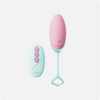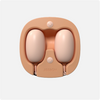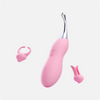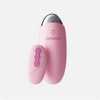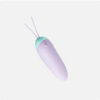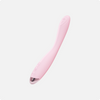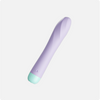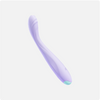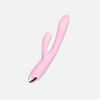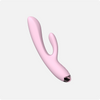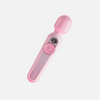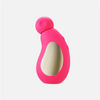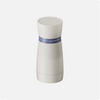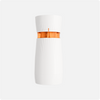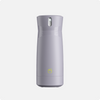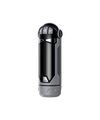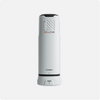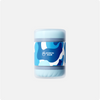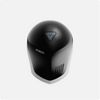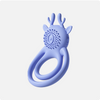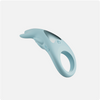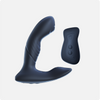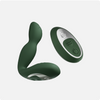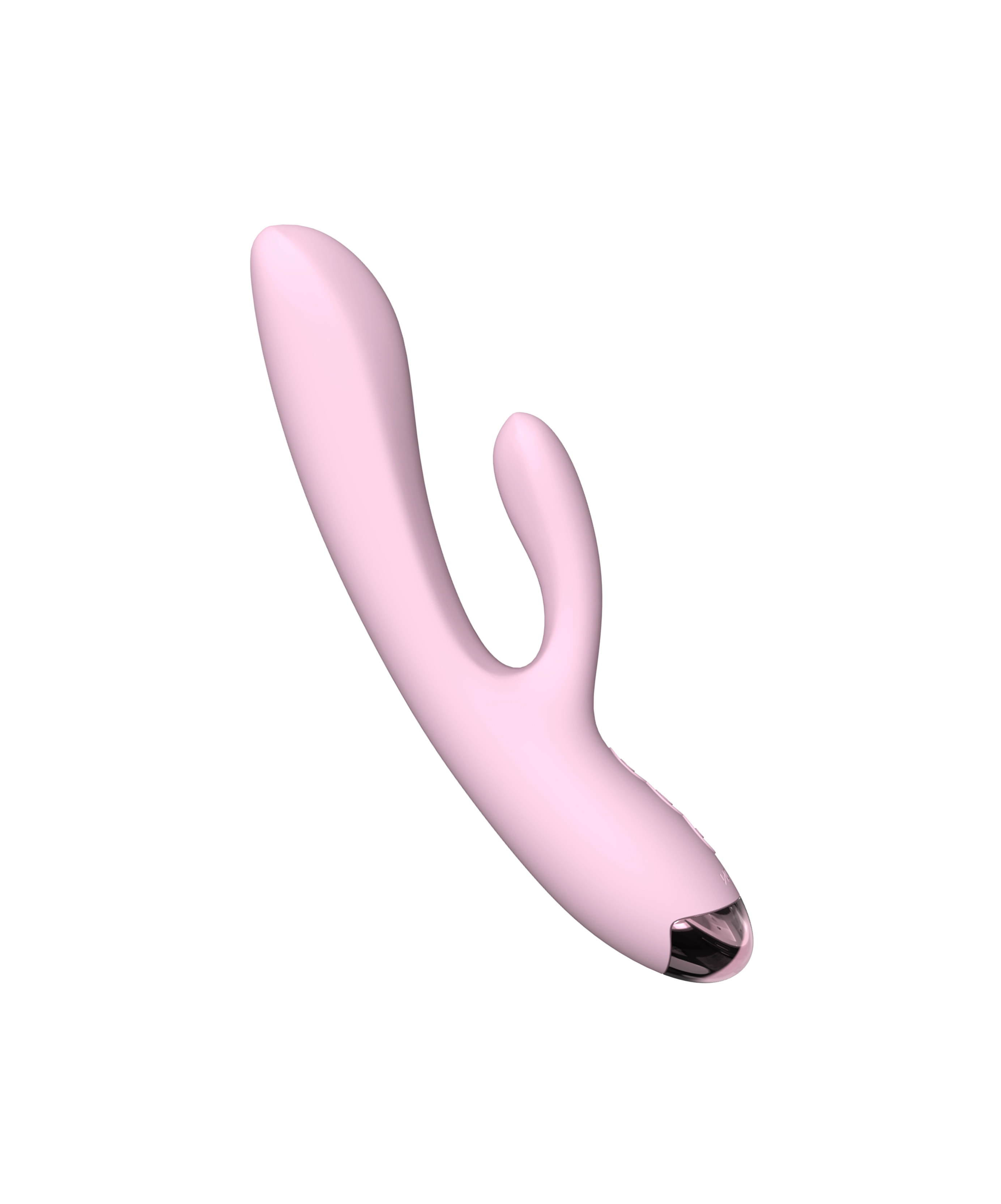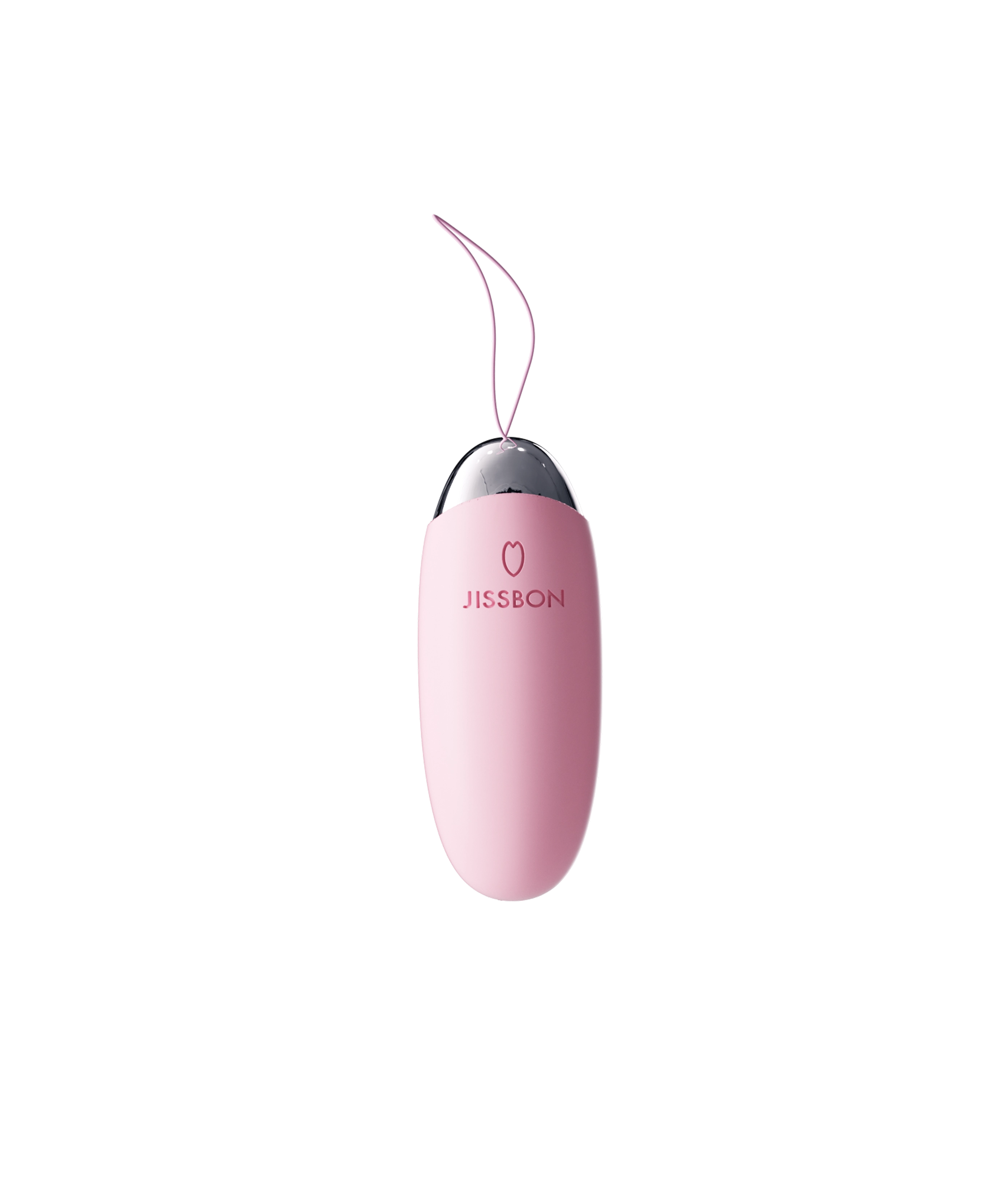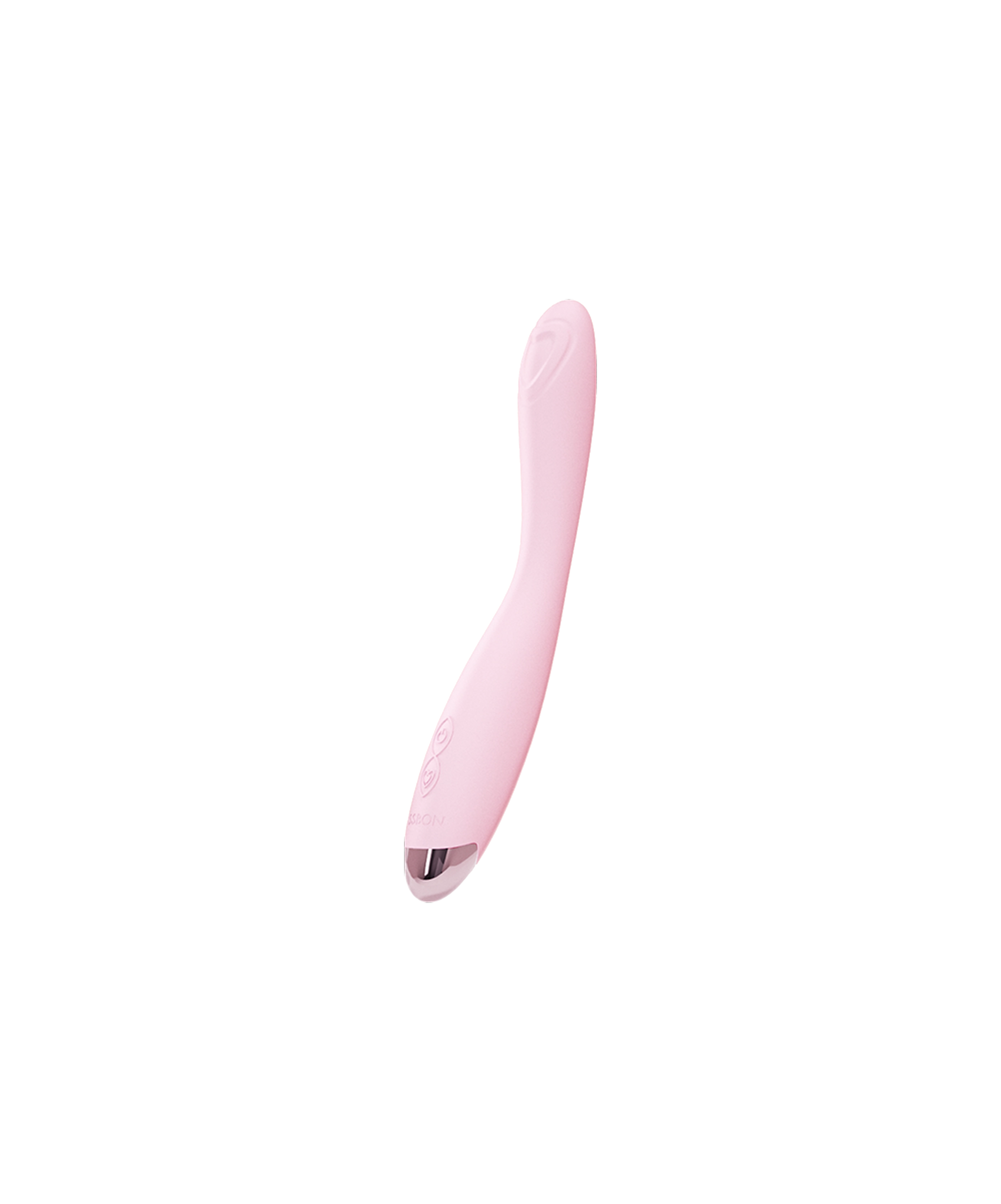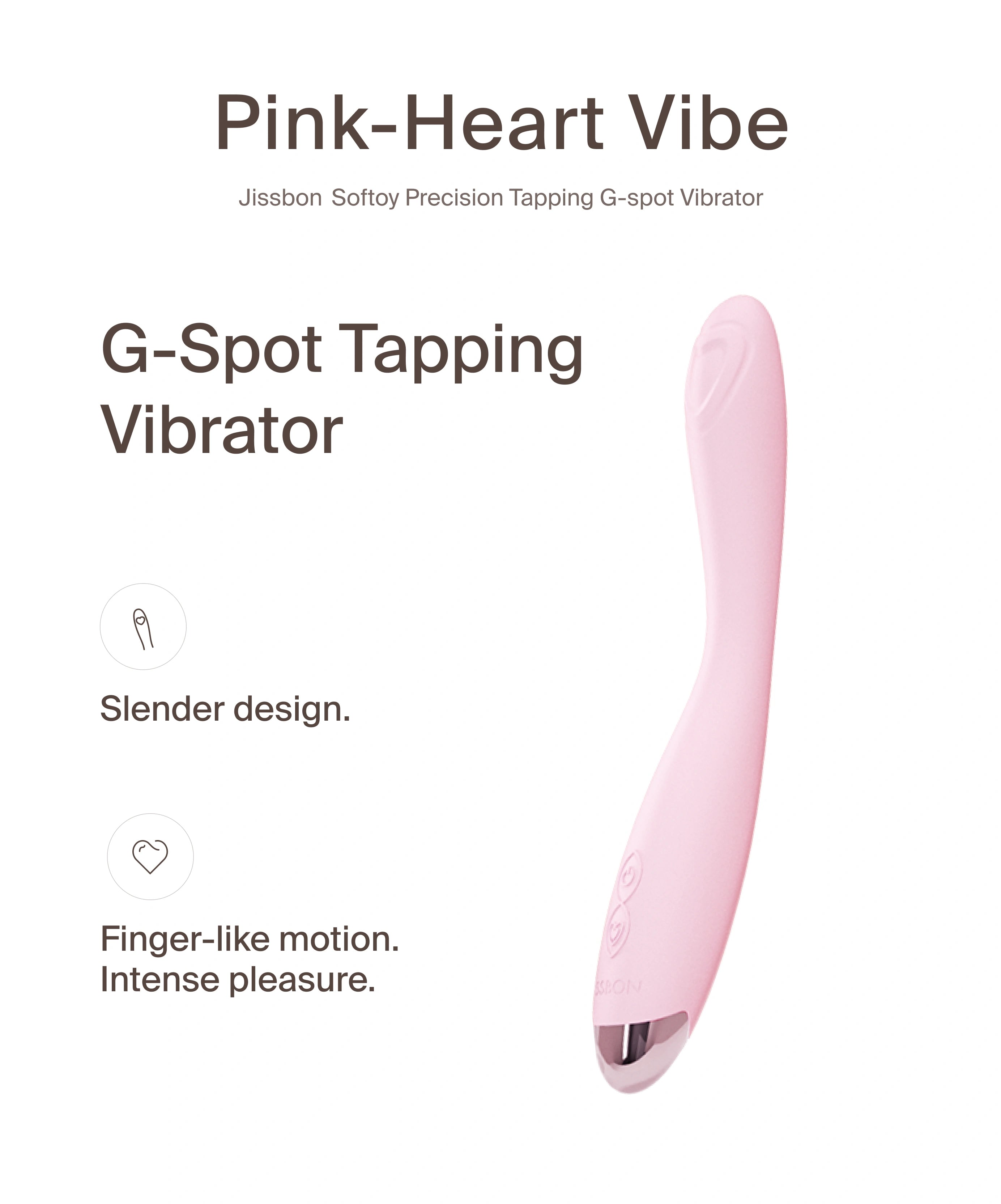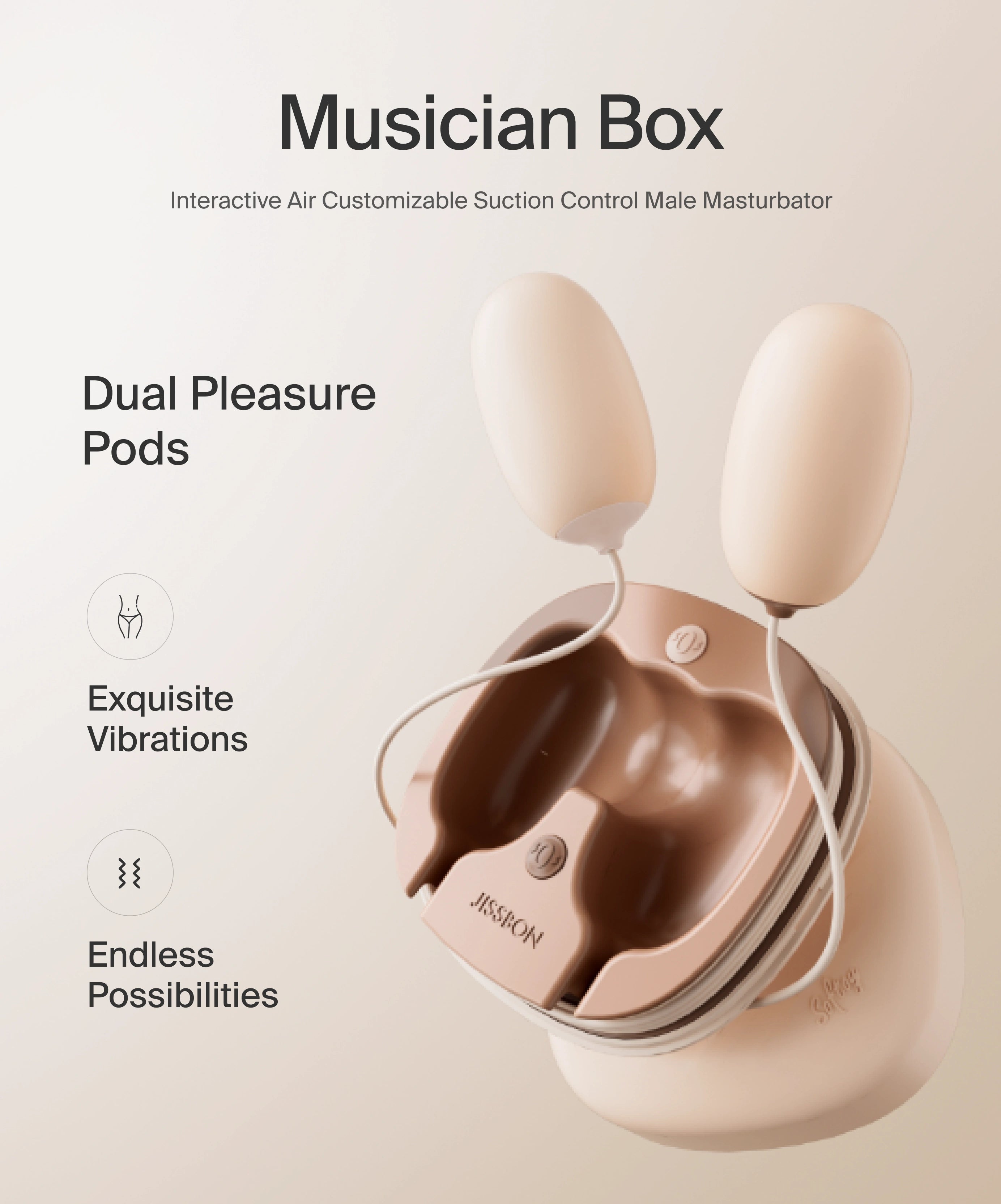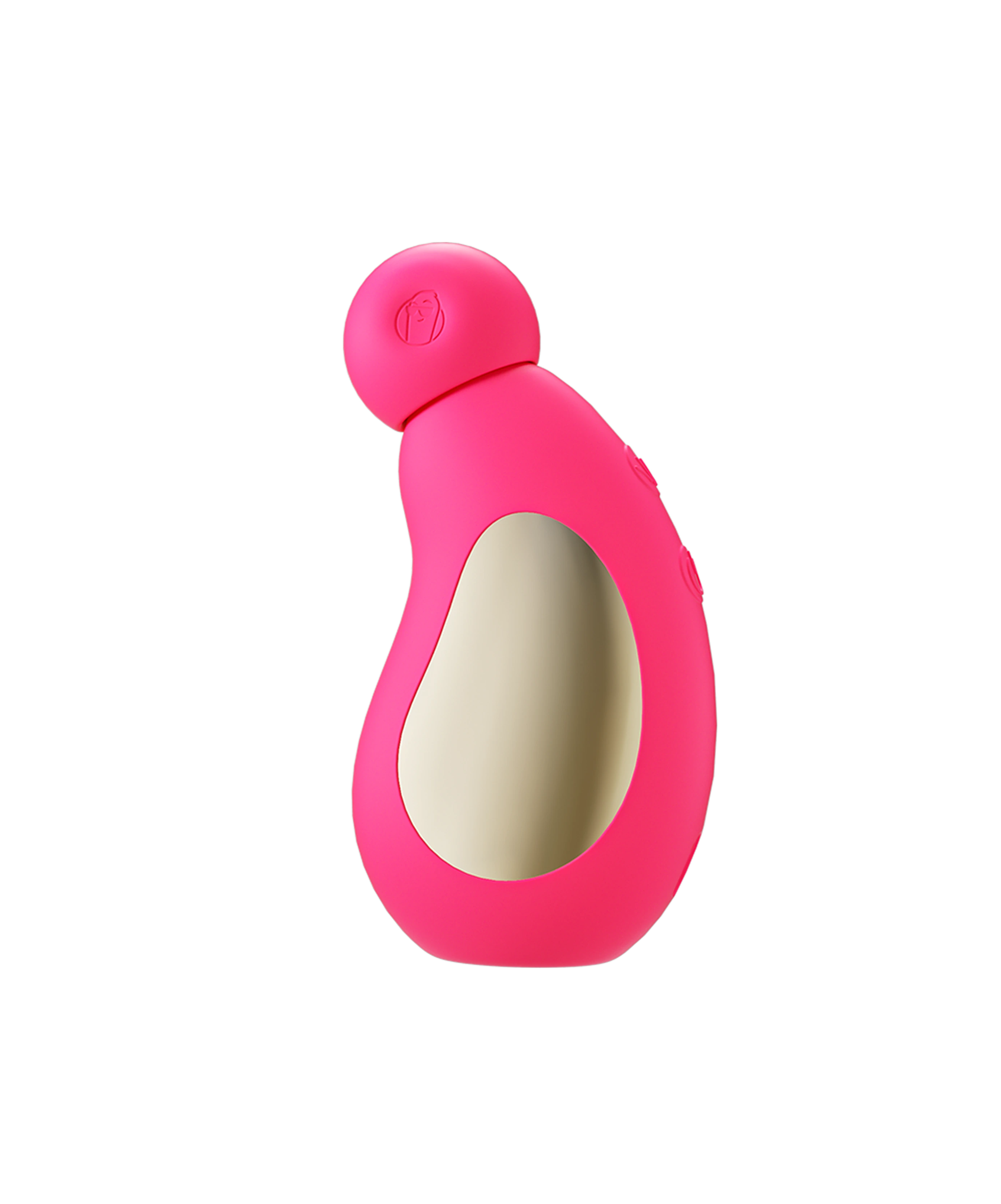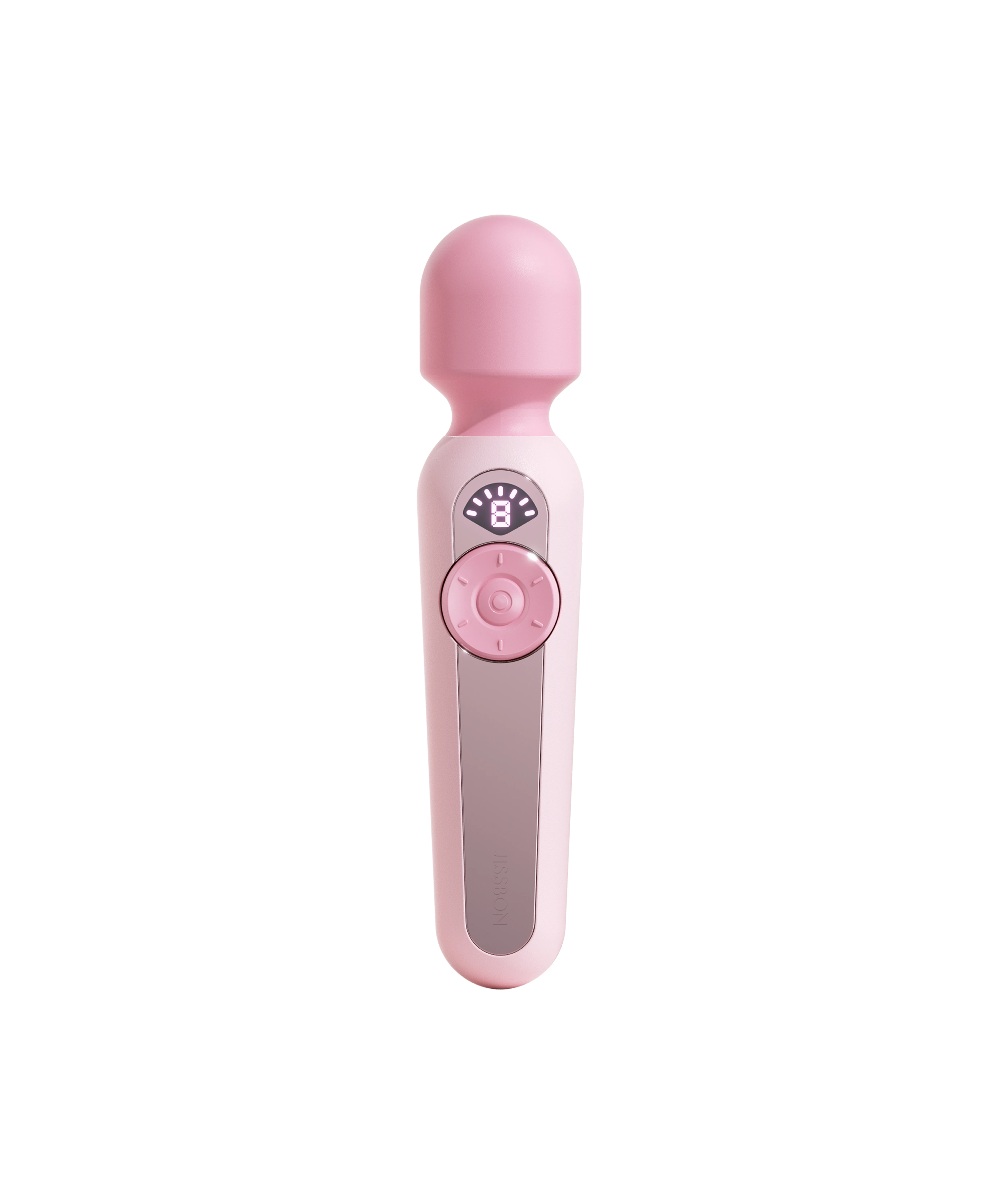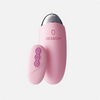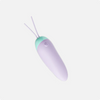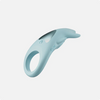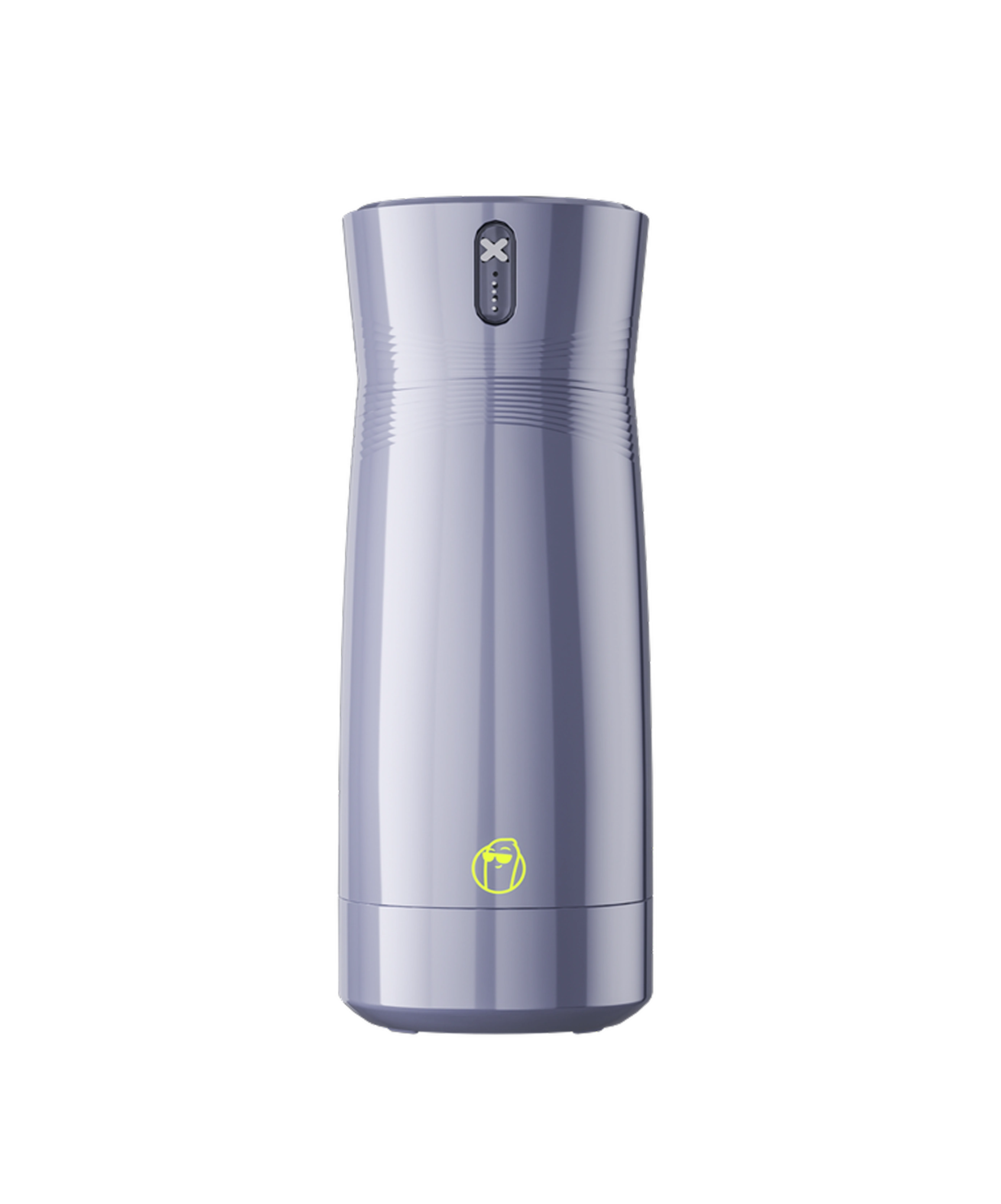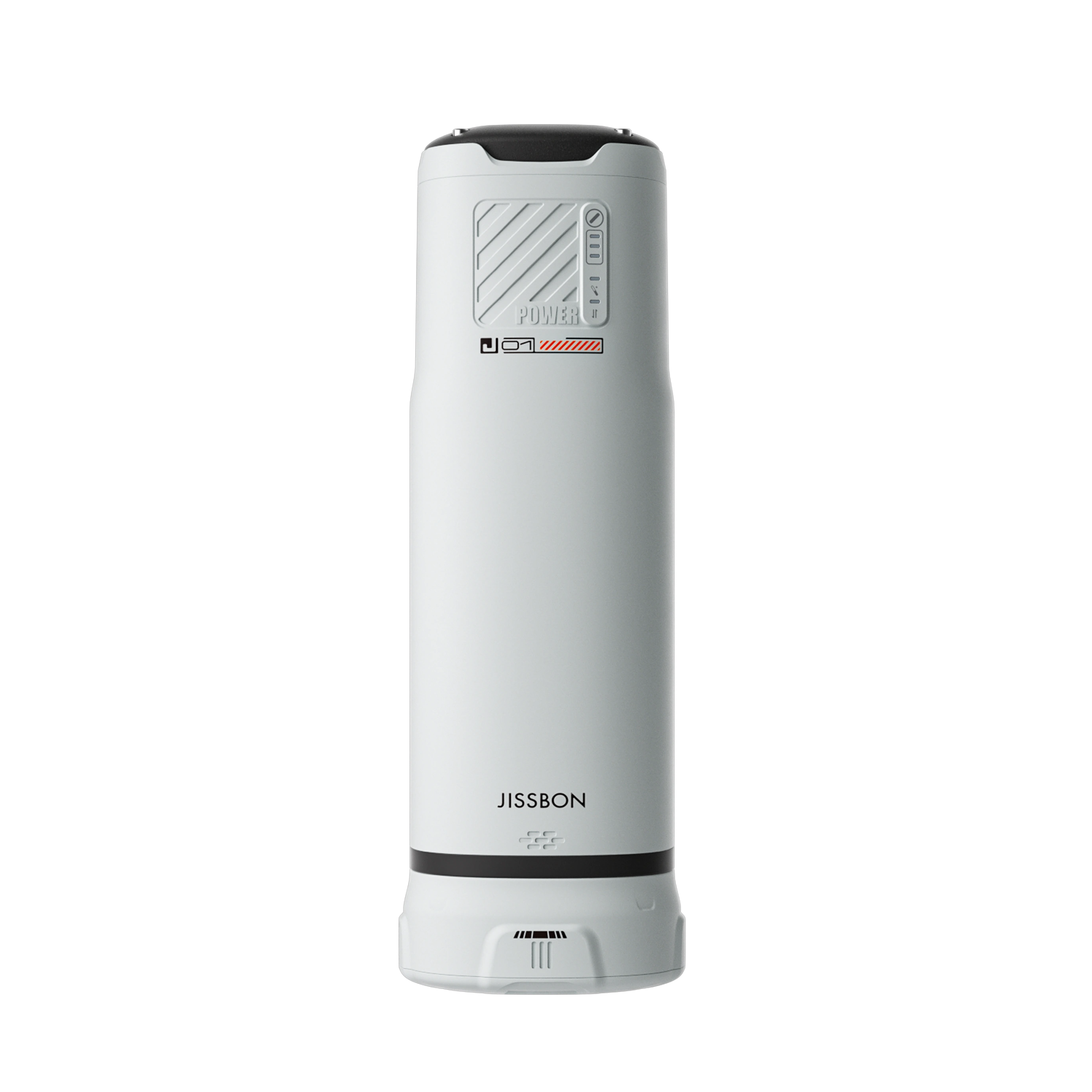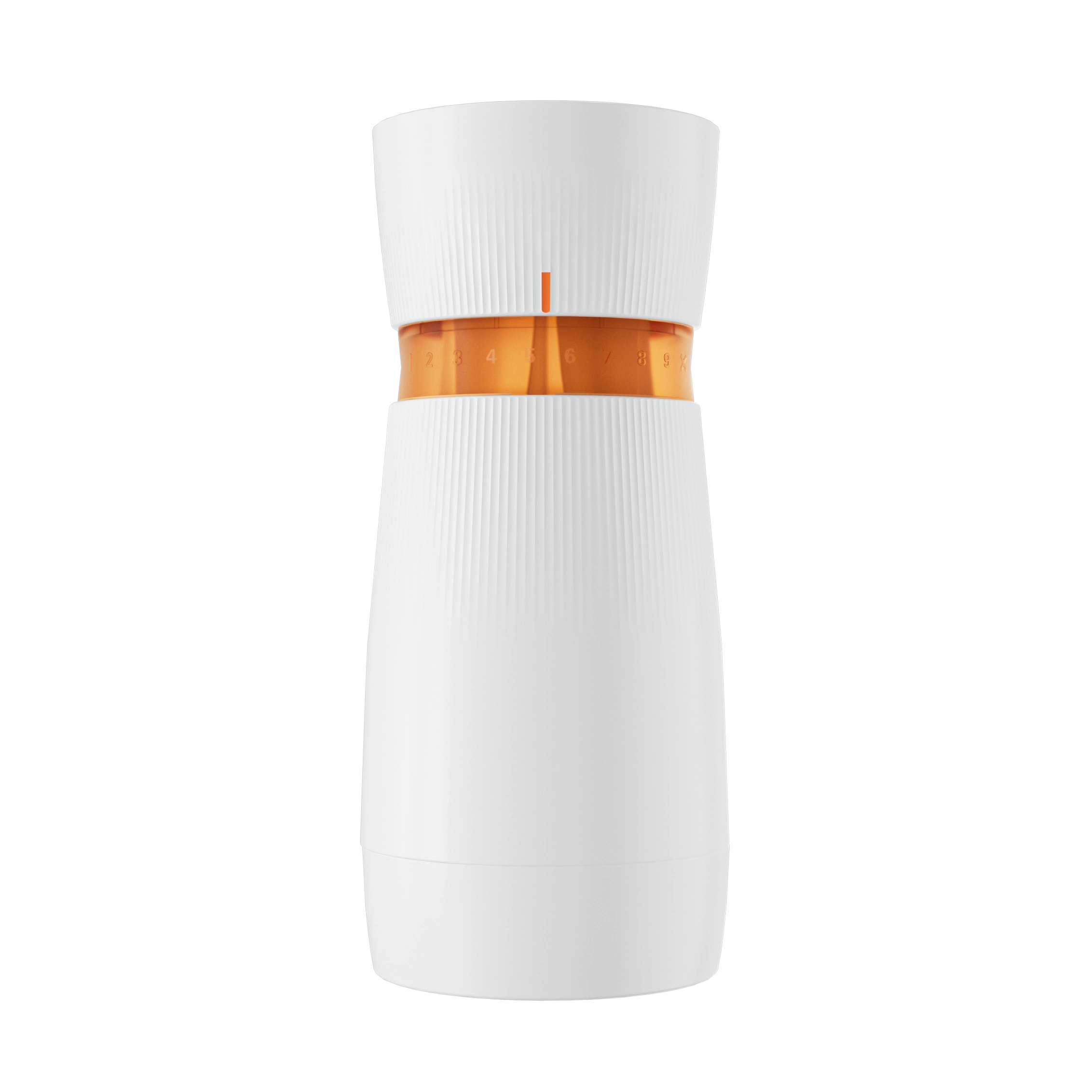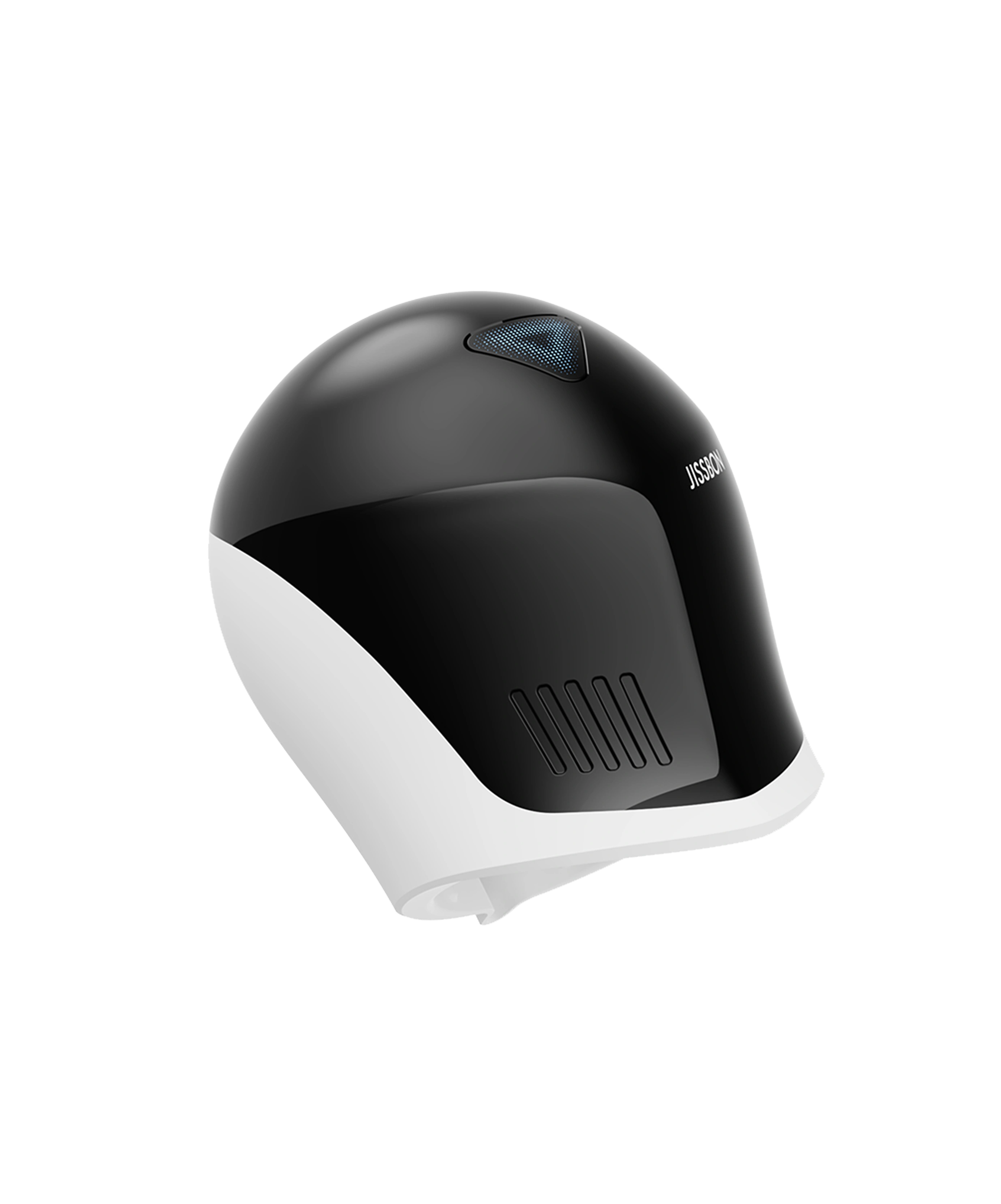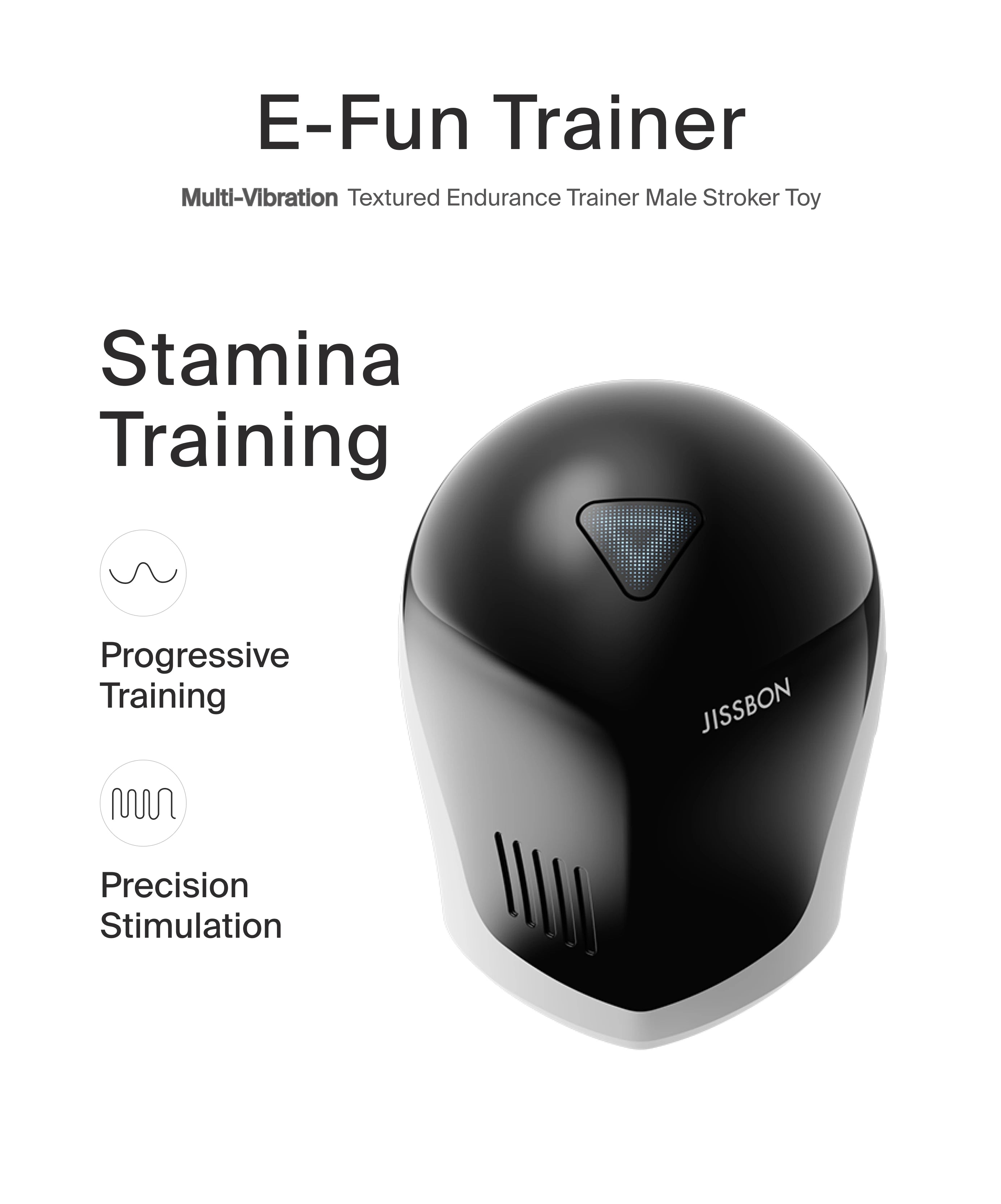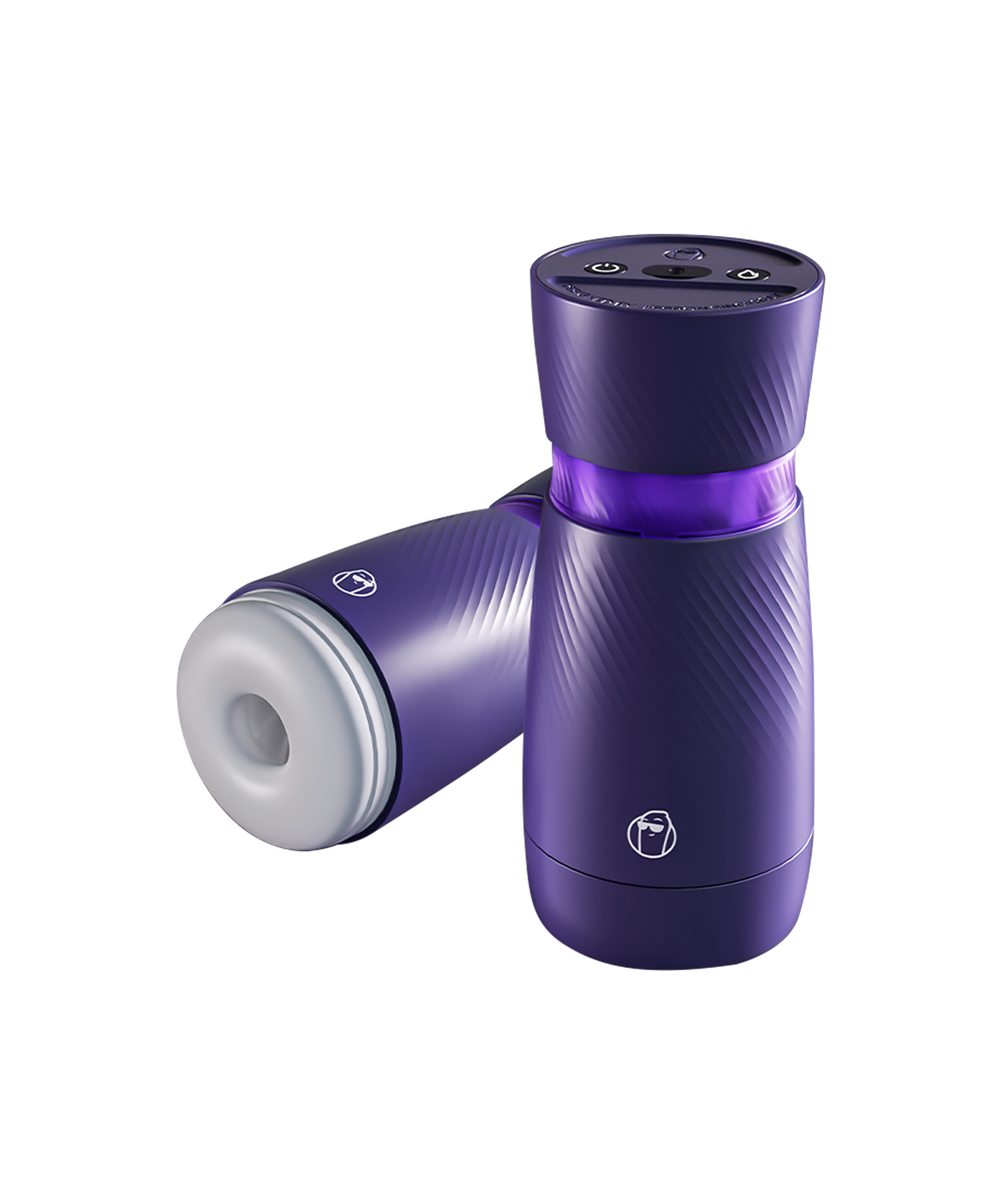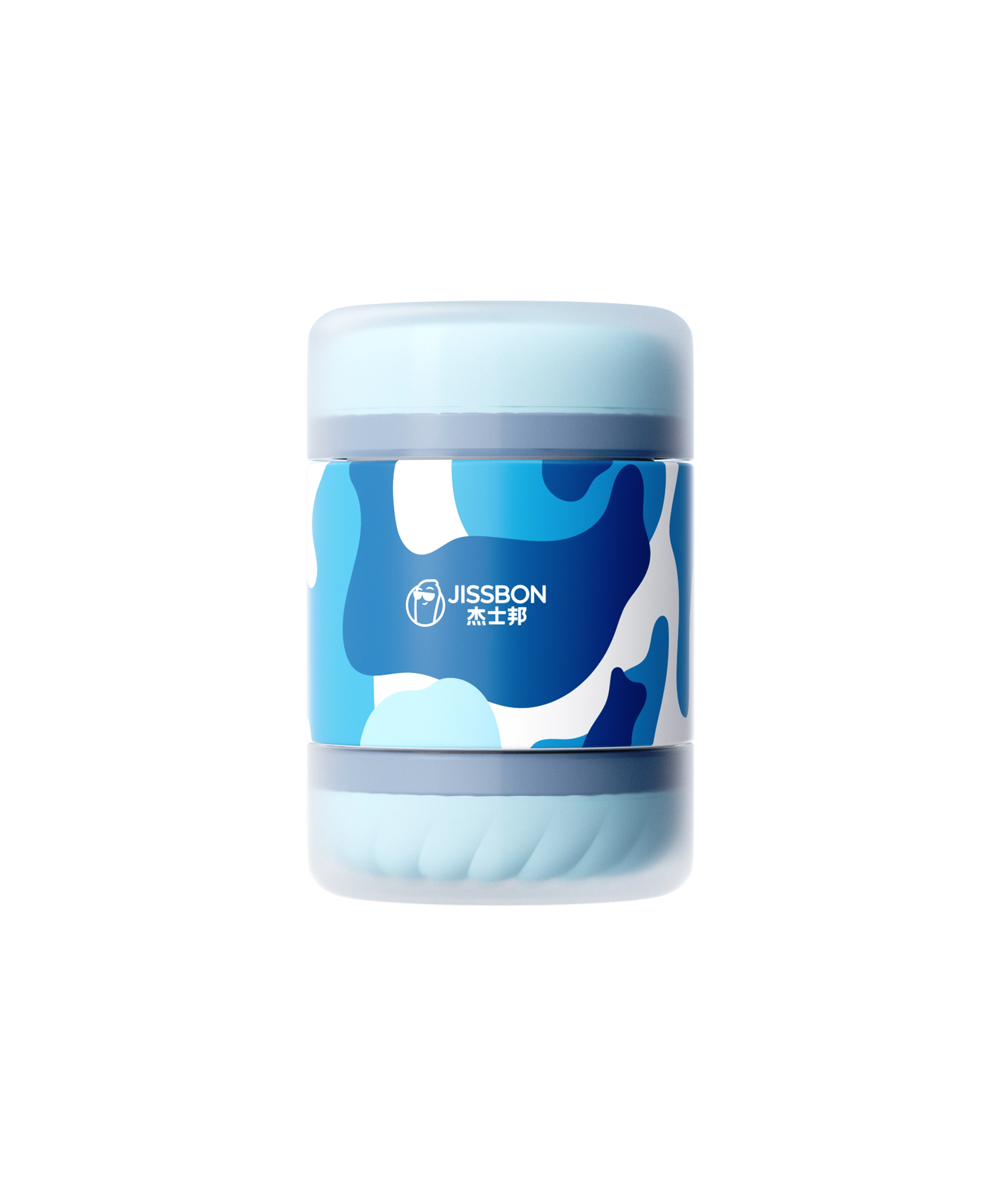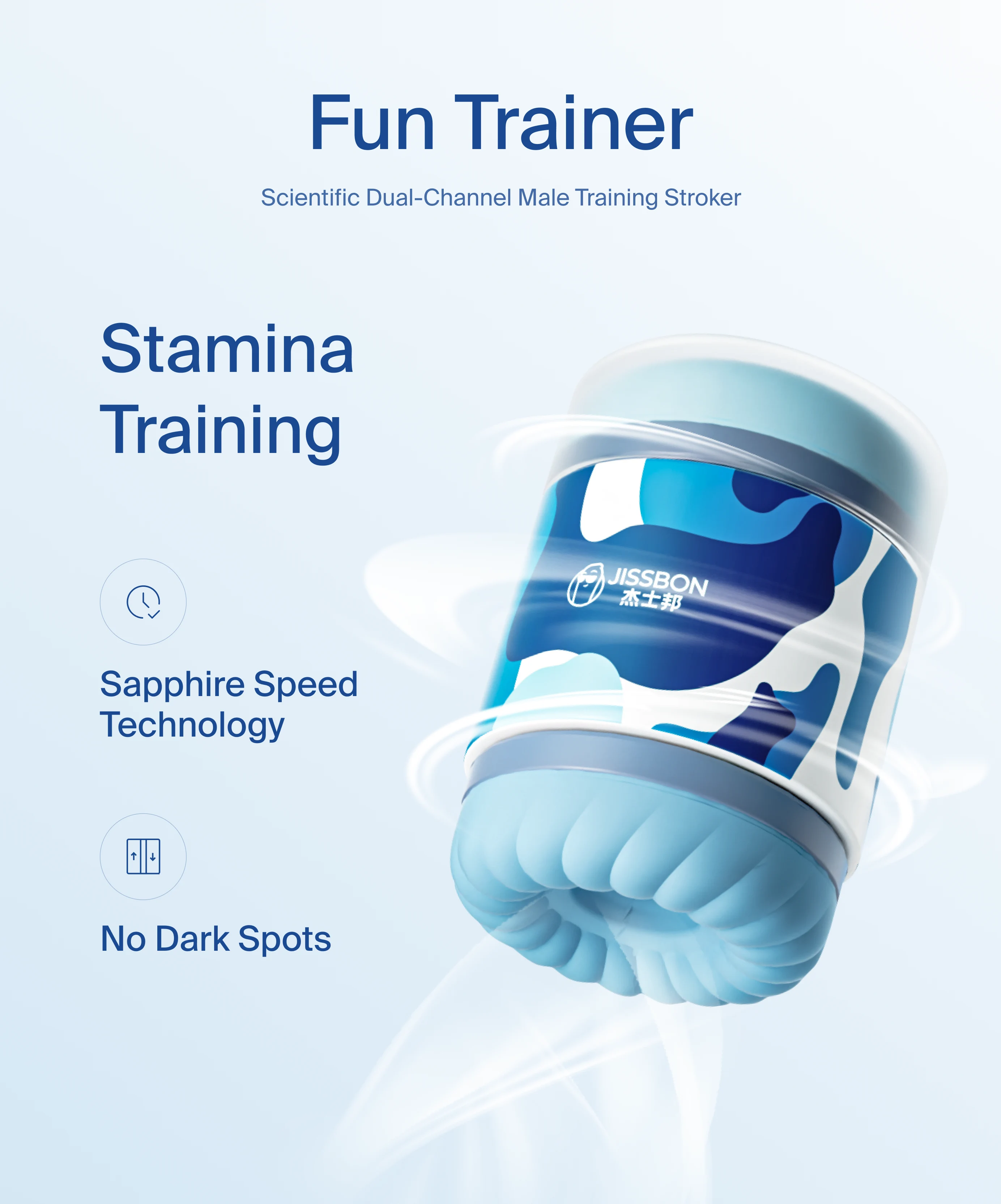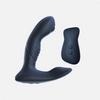Worried you’ve spotted mold on a sex toy—or want to make sure it never happens? This beginner‑friendly guide explains why mold shows up, the real health risks, and exactly how to clean, store, and protect your toys (and sex dolls) for the long run.
Quick TL;DR
- Mold loves moisture. Toys that aren’t fully dried—especially porous materials and the inside of sex dolls—are most at risk.
- Using a moldy toy is not worth the risk. Mold can irritate skin and mucous membranes and can trigger allergies; discard porous toys with visible mold and properly sanitize non‑porous toys.
- Prevention = clean after every use + dry completely + low‑humidity storage. Aim for indoor humidity under ~50% and keep toys in breathable storage once fully dry.
What counts as “mold on a sex toy”?
Mold is a type of fungus that thrives wherever there’s lingering moisture. At home, it can look like small spots in many colors (black, green, white) and often has a musty smell. If you see or smell it, treat it as mold and address the moisture problem behind it.
On sex toys, the most common culprits are:
- Incomplete drying after washing, especially around seams, textures, suction bases, battery caps, or inside of sex dolls.
- Porous materials (e.g., TPE/jelly rubber) that can trap moisture and residues.
- High humidity bathrooms/closets where toys are stored. Keeping indoor humidity at or below ~50% helps prevent growth.
Is mold on sex toys dangerous?
Yes—potentially. Mold exposure can cause skin irritation and allergic symptoms (sneezing, cough, itchy/red eyes, rashes) and may aggravate asthma in sensitive people. That risk is higher when you’re placing the item against mucous membranes (vulva, vagina, anus).
Separately from mold, good hygiene matters because pathogens can linger on toy surfaces—for example, HPV DNA has been detected on toys after use and may persist even after basic cleaning, which is one reason to sanitize and/or use condoms on shared toys.
Materials matter: porous vs. non‑porous
- Non‑porous (easier to sanitize): medical/food‑grade silicone, stainless steel, borosilicate glass, ABS plastic. These are smoother and don’t trap moisture or microbes as readily; some can be boiled or disinfected when the toy has no electronics.
- Porous (higher mold/microbe risk): TPE/TPR, jelly rubber, many soft plastics. These can absorb moisture and are harder to sanitize thoroughly. For porous toys with visible mold, replacement is usually the safest choice.
Sex doll note: Many sex dolls are made of TPE, which is soft but porous and demands diligent drying—especially inside canals—to avoid sex doll mold. Manufacturer care guides recommend irrigating with mild soapy water, thorough drying (even using a fan, tampons, or an aquarium pump), then lightly powdering once fully dry.
How to check for mold on a sex toy (or sex doll)
Look for:
- Discoloration or fuzzy spots (black/green/white).
- Musty odor.
- Persistent stickiness or residue after washing.
-
Inside of sex doll: inspect canal walls with a small light; check for dampness or odor.
These visual/odor cues are reliable indicators—if you see or smell mold, address it immediately.
What to do if you find mold
1) Decide by material
- Porous toy (TPE/TPR/jelly rubber): Discard. Mold infiltrates pores and can be extremely hard to remove safely. EPA guidance for household items is to throw away porous materials that have mold because complete removal is difficult.
-
Non‑porous & non‑motorized (silicone, glass, stainless, ABS):
- Wash with warm water + unscented mild soap.
- Sanitize: Either boil for 5–10 minutes (if the toy is 100% non‑motorized and manufacturer allows) or soak in a diluted bleach solution (commonly ~1:10 household bleach:water) for a short contact time, then rinse and dry completely. Never mix bleach with other cleaners; ensure good ventilation.
-
Motorized toys (with batteries/electronics):
2) Fix the moisture problem
Clean‑up alone isn’t enough—reduce humidity and ensure toys dry rapidly before storage. (See the storage checklist below.)
If irritation, discharge, odor, or itch develops after contact with a questionable item, stop using the toy and consult a clinician.
Best‑practice cleaning routine (after every use)
- Rinse & wash: Use warm water and unscented, mild soap (perfumed soaps can irritate). Follow manufacturer instructions if provided.
- Sanitize when appropriate: For non‑porous, non‑motorized toys, occasional boiling (5–10 minutes) or a brief 1:10 bleach soak is an added safeguard—especially for anal toys or when you’ve had an infection. Rinse thoroughly afterwards.
- Use condoms on shared toys and when switching between anal and vaginal use; change to a new condom each time. This also simplifies cleanup.
- Dry completely: Pat with a lint‑free towel, then air‑dry fully before storage. For sex dolls, irrigate canals, then dry the inside (tampons/fan/aquarium pump) until no moisture remains.
Storage that prevents mold
- Wait until bone‑dry. Storing a damp toy invites mold.
- Choose breathable bags (cotton/microfiber) for individual toys; avoid sealing damp items in airtight plastic.
- Lower humidity: Keep storage spaces <50% RH; use a dehumidifier if needed.
- For TPE sex dolls: After thorough drying, you can lightly powder (e.g., TPE “renewal” powder or cornstarch) to reduce tackiness and moisture cling before dressing/storing.
- Keep electronics unclamped: Ensure ports/caps are dry; store away from steam‑heavy rooms (bathrooms).
- Optional: Once fully dry, you can store in a clean box or original packaging to prevent dust—dryness comes first.
Special section: Preventing sex doll mold inside canals
Because the inside of a sex doll can hold moisture, adopt a ritual:
- Flush with warm, mild soapy water using an irrigator or bulb.
- Rinse with clean water.
- Dry with absorbent swabs/tampons and/or a gentle fan or aquarium pump until fully dry.
- Powder lightly once dry, then store in a low‑humidity space.
When to replace a toy
- Visible mold on a porous toy (TPE/TPR/jelly).
- Persistent musty odor after cleaning.
- Cracks, tears, sticky surface that trap debris or can injure skin.
Smart picks to lower mold risk (and feel amazing)
If you’re starting fresh or upgrading to low‑maintenance, non‑porous designs, consider smooth, non‑motorized or fully waterproof options you can thoroughly wash and dry. For discreet external play that’s easy to clean and quick to dry, check out our Clitoral & Bullet Vibrators and this compact, travel‑friendly remote bullet. For everything else, our Home is a good place to start exploring.
Frequently Asked Questions:
Can mold grow on silicone sex toys?
Silicone is non‑porous, so mold doesn’t “take root” in the material easily—but it can grow on residues sitting on the surface (lube, body fluids) if the toy stays damp or is stored in a humid space. Clean and fully dry before storage, and keep humidity below ~50%.
Can I remove mold from a silicone or glass toy, or should I throw it out?
If the toy is non‑porous and non‑motorized, you can usually sanitize it: wash thoroughly, then boil 5–10 minutes or use a diluted bleach soak (commonly ~1:10), rinse well, and dry fully. If the toy has electronics, avoid submerging—stick to careful surface cleaning with mild soap and water. When in doubt, replace. Never mix bleach with other cleaners.
What if there’s mold inside of a sex doll?
Prioritize complete drying after every wash. Irrigate with mild soapy water, rinse, then dry the canals thoroughly (tampons/swabs + a fan or aquarium pump) before storing. If mold persists or material is degraded, contact the manufacturer or consider replacing affected inserts.
Are butt plugs, dildos, or sleeves made of TPE safe if I clean them a lot?
TPE is porous; even careful cleaning may not fully sanitize it once contaminated. If you see mold on a TPE or jelly toy, replace it. For sharing or switching orifices, use condoms on toys and change them each time.
What’s the best way to prevent mold on sex toys?
Clean after every use with mild soap and water, sanitize non‑porous non‑motorized toys occasionally, dry completely, and store in a breathable bag in a low‑humidity area. For sex dolls, be meticulous about drying the inside.
Step‑by‑step prevention checklist (copy/paste‑able)
- After use: Wash with unscented, mild soap + warm water; follow the manual.
- Sanitize (as needed): Boil or 1:10 bleach (non‑porous, non‑motorized only); never mix cleaners.
- Sharing/switching: Use a new condom on the toy each time and between orifices.
- Dry: Towel‑pat + air‑dry completely; for sex dolls, dry canals with tampons or a gentle fan/pump.
- Store: Individually, in breathable pouches; keep humidity ≤50%.
- Inspect: Regularly check for cracks, stickiness, odors; retire items when damaged.
Helpful external resources
- CDC: About Mold — health effects, prevention basics.
- EPA: Mold, Moisture & Your Home — why porous items with mold are hard to salvage.
- Healthline: How to Clean Sex Toys — material‑specific cleaning tips.
- NHS: Sex activities & risk — condoms on shared toys and between orifices.
- Sex Doll care (manufacturer guidance) — drying canals to prevent sex doll mold.
Final word
If you’ve noticed mold on a sex toy, don’t panic—but do act quickly. Treat porous items as disposable once contaminated, sanitize non‑porous toys correctly, and build a simple ritual: clean, dry, dehumidify, store smart. Your body (and your gear) will thank you.
Read more

If you’re curious about having sex with toys, you’re in excellent company. People of all ages use toys to explore new sensations, make orgasms easier, and connect more deeply with partners. Below, ...

If you’ve searched homemade sex toys, you’re likely after two things: simple ways to get great sensations with what you already have and straight talk on what’s not safe. This guide delivers both—p...
